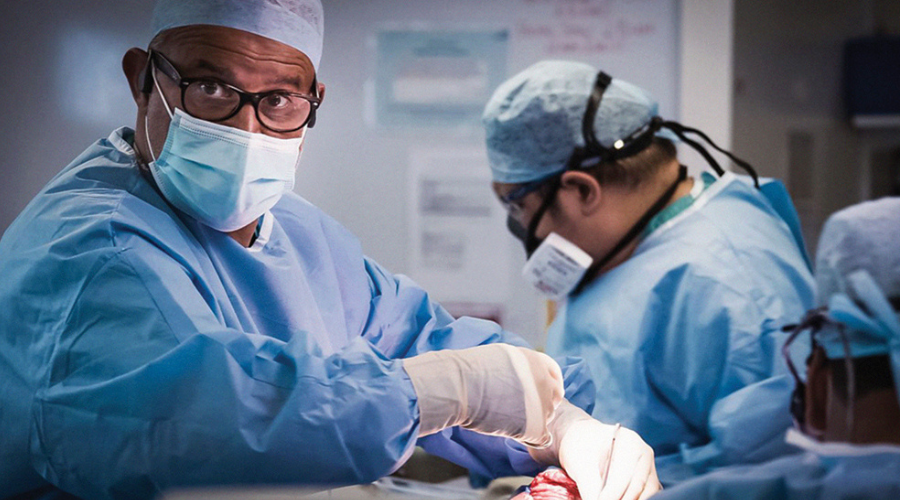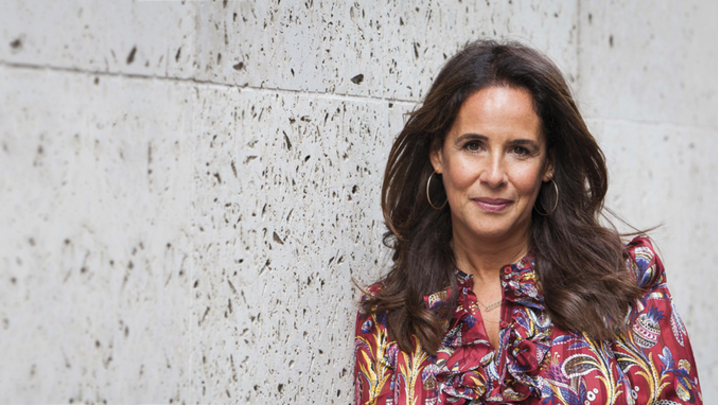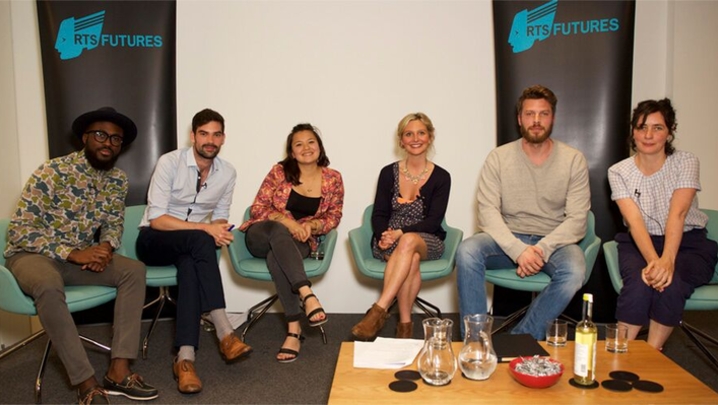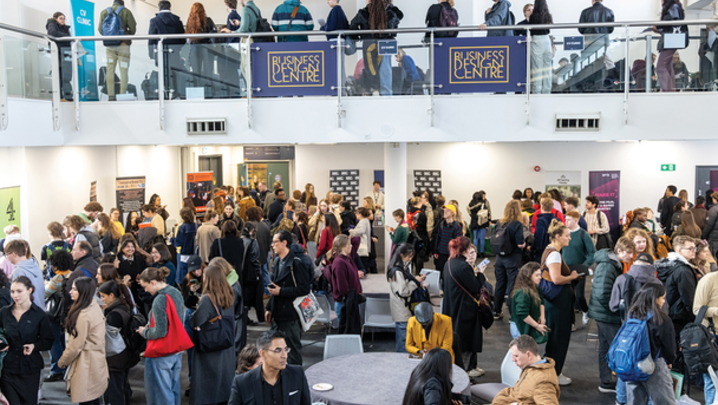Three producers tell the RTS how they make their prime-time medical series.
Life-and-death medical series are hugely popular on British TV but tricky and emotionally draining to make. Winning the trust of hospitals and patients is only part of the story, crews also have to work with sensitivity and face heartbreak and loss.
BBC Studios Creative Director, Factual Entertainment Adeline Ramage Rooney executive produced new Channel 5 series The Hospital: Life on the Line, which is set in the UK’s busiest heart transplant unit, at the Golden Jubilee National Hospital in Clydebank.
She wanted to find a “warmer way” of telling the stories of people receiving transplants. Surgery at the hospital is elective, not emergency, which denied the programme-makers instant drama but afforded them the opportunity to “get to know people…. [We decided] to come at this show through the lens of love,” she explained.
“We [wanted] to create this lovely, warm, appealing, story-driven programme that is about loved ones getting back to doing what they want to be doing… after having major operations and heart transplants.”
BBC Two’s Surgeons: At the Edge of Life recently completed its sixth series. It takes cameras into operating theatres and “tells the story of operations in real detail”, said Ros Ponder, Director of Programmes at Dragonfly and the show’s executive producer.
“What you get is a hard-core, specialist factual deep dive into the science; the geekier, the nerdier, the better – that’s our audience.
“Instead of focusing on the patient’s perspective, [we] focus on the surgeons…. They guide us through each story and break down very complex operations and explain their decision-making.”
Super Surgeons: A Chance at Life, made by Wonderhood Studios for Channel 4, is filmed at the Royal Marsden Hospital and supported by Macmillan Cancer Support.
“It’s lovely having a sponsor that editorially sits so well alongside the purpose of the show… but we have to work in product placement,” explains series producer/director Sophie Stephenson-Wright.
This has to be “not only editorially relevant, but actually improve the series… and [bring] more heart and story to the series. It’s not easy to do.”
The current series of Super Surgeons: A Chance at Life features the death of a young man from testicular cancer. “It felt really important to tell [his story] from the doctors’ point of view,” says Stephenson-Wright.
They need to “talk about what they perceive as failure…. It’s really easy to celebrate the successes and positive stories, but the medical staff [want] to talk about it when they don’t get to do their job the way they want to.”
Sensitivity while filming is important, says Ponder. “We have a massive duty to protect the privacy of everyone in hospital – unless you’re in a maternity unit, you probably don’t want to be there.”
Dragonfly uses a two-stage consent process: contributors are asked for their consent to film and then, later, to appear in the broadcast film.
Ponder added: “The main rule I have is: if this was one of my loved ones, how would I want their story to be told?”
Once an episode of The Hospital: Life on the Line airs, contributors are called to talk through their experience of appearing on TV. “They’re seeing their internal organs on the telly – it’s pretty mad,” says Rooney.
Is the medical doc here to stay? Yes, reckoned Rooney: “There are just no higher stakes than life or death. I think it’s here for ever. It’s our challenge to keep it evolving and telling stories in different ways.”
RTS National Event ‘Under the knife: Dissecting the medical format’ was held on 11 June, chaired by documentary director James W Newton and produced by Wonderhood Studios.







